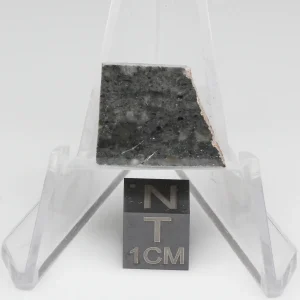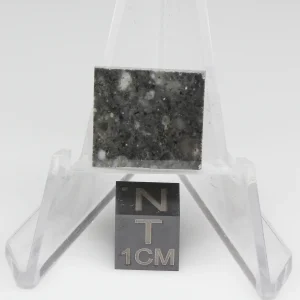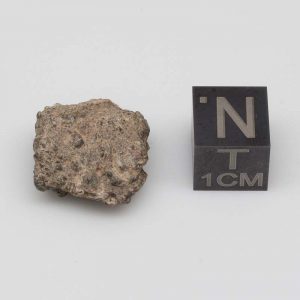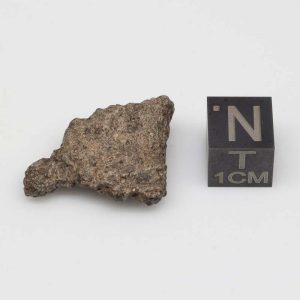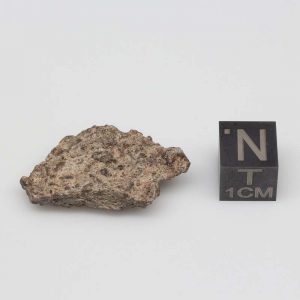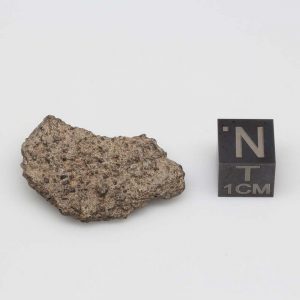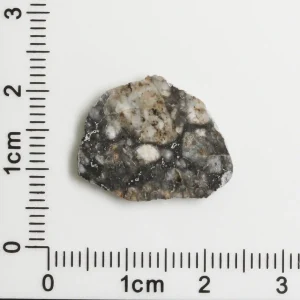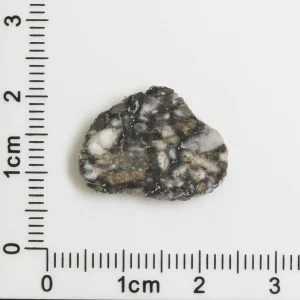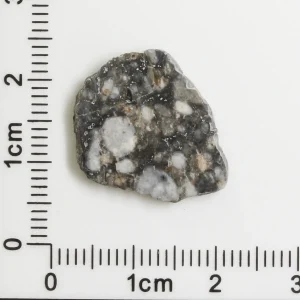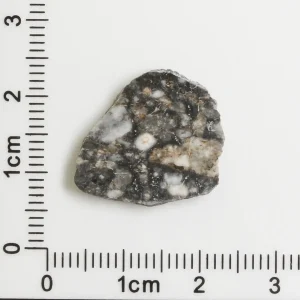Lunar Meteorites For Sale

We have a wide selection of lunar meteorites for sale. We guaranteed the authenticity of every moon rock we sell. If you have a budget in mind we make shopping easy with our ‘Shop By Price’ feature below.
What is a lunar meteorite? A lunar meteorite is a fragment of real moon rock that has been ejected from the moon’s surface due to a meteoroid or asteroid impact. Once found on Earth it is called a lunar or moon meteorite. lunar meteorites are among the most coveted meteorites in the collecting community. Their rarity and the scientific interest surrounding them contribute to their high demand.
Moon Rocks For Sale
-
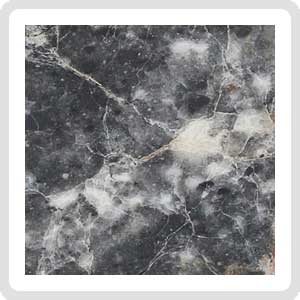
Bechar 003 Lunar Meteorite4 Item(s)
-
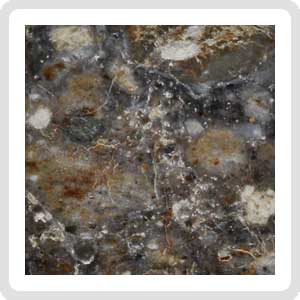
Laâyoune 002 Lunar Meteorite11 Item(s)
-
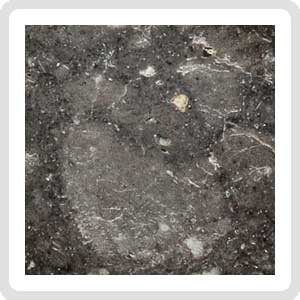
Lahmada 020 Lunar Meteorite2 Item(s)
-
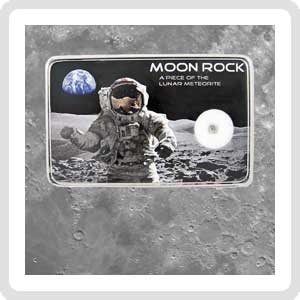
Moon Rock Display Boxes6 Item(s)
-
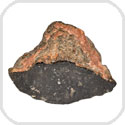
NWA 11228 Lunar Meteorite2 Item(s)
-
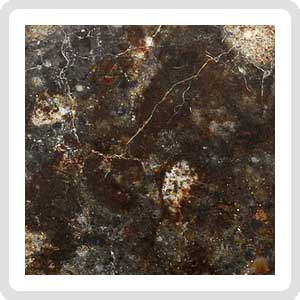
NWA 11182 Lunar Meteorite (Paired)8 Item(s)
-
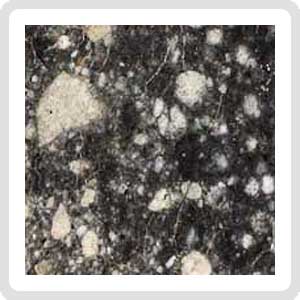
NWA 11474 Lunar Meteorite7 Item(s)
-
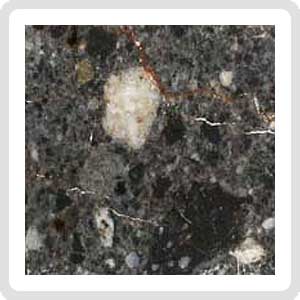
NWA 11788 Lunar Meteorite18 Item(s)
-
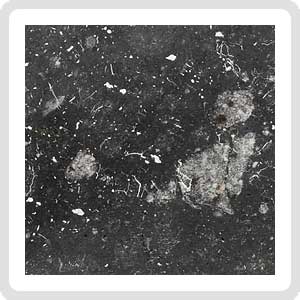
NWA 13788 Lunar Meteorite9 Item(s)
-
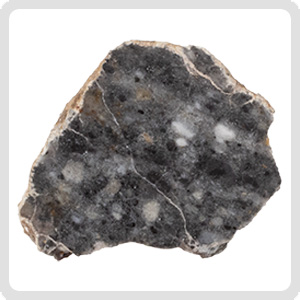
NWA 15373 Lunar Meteorite10 Item(s)
-
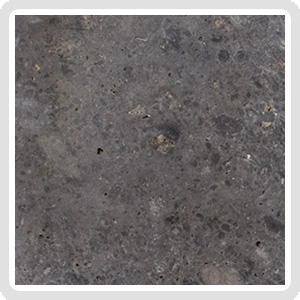
NWA 16315 Lunar Meteorite10 Item(s)
-
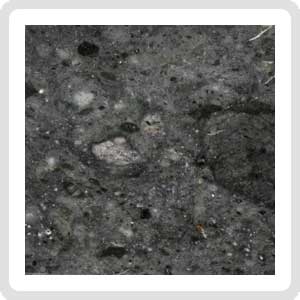
Tifariti 002 Lunar Meteorite2 Item(s)
-
Moon Meteorite Dust1 Item(s)
Contents:
Fascinating Facts About Lunar Meteorite And Moon Rock
As a moon rock travels through space, it may encounter other celestial bodies and experience additional impacts, further altering their composition. Eventually, the gravitational pull of the Earth captures some of the lunar meteorite, causing it to fall onto our planet’s surface.
This process, known as lunar delivery, allows scientists to study and analyze these unique specimens to uncover information about the moon’s history.
Can you buy a moon rock? A Lunar meteorite is a piece of the Moon that fell to Earth and as a meteorite is not subject to the same restrictions as on the Apollo Moon Rocks.
Moon rocks collected from NASA’s Apollo missions are considered national treasures. Private citizens and organizations are not allowed to own these specific moon rocks.
Our natural lunar meteorite specimens are legal to purchase and trade, as they were not directly obtained from the NASA Apollo missions.
By acquiring a lunar meteorite, collectors can own a tangible piece of the Moon’s history and contribute to our understanding of the lunar surface. Whether you’re a space enthusiast, a geology aficionado, or simply intrigued by the mysteries of the cosmos, owning a Moon meteorite can be a captivating experience. Many factors are considered when determining how much are moon rocks worth.
When lunar meteorites are collected and studied, they provide valuable data about the moon’s composition, shedding light on its geological processes and chemical makeup. The rocks offer clues about the moon’s volcanic activity, the presence of different minerals, and the early conditions of the solar system. By examining the isotopic ratios of certain elements in these meteorites, scientists can also gain insights into the origin of Earth’s water and the potential resources on the moon.
Lunar meteorites are made of mostly volcanic rocks called basalts. But the pounding of impacts over eons has broken the rocks into fragments that have been melted and reformed into rocks called breccias. Close examination of Lunar meteorites will often reveal the small individual bits of different colors that make up these breccias. The bits are called clasts. Lunar rocks are very old geologically speaking, and the volcanic activity is believed to have stopped early in the Moon’s history. These few facts are just a tiny portion of the information that makes Lunar meteorites such fascinating material to add to any collection.
Moon Rocks For Sale
Moon Rocks – Buy a Piece of the Moon!
Where to buy Moon rocks? Start with these quality Lunar meteorite display boxes which make nice additions to your meteorite collections as well as wonderful and unique gift items. Each display box contains a genuine piece of the Moon. The Moon meteorite used in each display box has been classified as a Lunar meteorite and is listed in the Meteoritical Bulletin Database.
Moon meteorites are extremely rare and when the available inventory has been exhausted it becomes necessary to use a different classified Moon meteorite to fill our Moon Boxes. The Moon Box meteorite fragment you receive will list which NWA Numbered Moon meteorite is contained in the box.
Moon Necklace – Lunar Meteorite Jewelry Cabochons
Our moon necklace cabochons are made from real lunar meteorite and each piece is unique with variations in color and pattern due to their natural qualities. By request, these handmade lunar meteorite cabochons allow the jeweler to create their own moon jewelry and moon pendants designed to showcase the beauty and mystique of the moon. Whether you’re looking for a moon pendant or a meteorite necklace, these handcrafted meteorite individual cabochons are perfect for those who want to embrace their connection to the cosmos and love for the moon.
Moon Dust
Meteorites from the Moon are among the very rarest of the rocks from space which fall to Earth. Great asteroid impacts into the lunar surface will sometimes blast off pieces of moon rock with such force that they escape The Moon’s gravity. These lunar rocks travel in space until ultimately falling to Earth as meteorites. Dust on the Moon is created by the continuous bombardment of meteoroids and asteroids which pulverize lunar rocks into dust. It could be called lunar soil or moon dirt.
When meteorites from the moon are prepared into slices in our lab, lunar dust is created during the cutting process. We carefully recover and save this lunar dust. It is this Moon dust that is used in our display boxes. Because of the careful steps and process we follow, we can 100% guarantee the authenticity of our lunar Moon dust for sale. Moon dust should not be ingested and like all rock dust it is unhealthy to breath in.
Bechar 003 Moon Rock
- Find / Fall: Find 2022
- Location: Bechar, Algeria
- Classification: Lunar (feldspathic breccia)
- Total Known Weight: 1522 g
The Bechar 003 lunar meteorite was found in Algeria on March 24, 2022. Many small pieces of Bechar 003 were found which initially totaled 1522 grams. Bechar 003 has been classified as a Lunar Feldspathic Breccia meteorite and is moderately shocked. It has been assigned a low weathering state.
Cut faces of Bechar 003 show a medium gray color with diffuse white clasts and tiny grains of metal are seen rarely. These specimens below contain slices, end cuts, and individual fragments.
Gadamis 004 Moon Rock
- Find / Fall: Find: 2022
- Location: Ghadamis, Libya
- Classification: Lunar (anorth)
- Total Known Weight: 12.66 kg
Gadamis 004 is a meteorite lunar found in Libya in 2022. A single stone of Gadamis 004 weighing 12.66 kilograms was found at the same location as Gadamis 002 and Gadamis 003 to which it is paired. Gadamis 004 was found with patches of fusion crust and a smooth surface with patches of light green color. Gadamis 004 is classified as a Lunar Ferroan Anorthosite, cataclastic and has a texture similar to the Apollo 16 cataclastic Ferroan Anorthosites.
The saw cut surfaces of Gadamis 004 reveal centimeter sized clasts of anorthsite bounded by darker fine grained cataclastic zones. Gadamis 004 is a breccia consisting of a 98-99% anorthitic plagioclase host with very small oilivine and proxene blebs. Larger pyroxene grains are sparse. Together the olivine and pyroxene make up only 1-2% of the meteorite.
Laâyoune 002 Moon Rock
- Find / Fall: Find 2022
- Location: Saguia el Hamra, Western Sahara
- Classification: Lunar (feldspathic breccia)
- Total Known Weight: 5.15 kg
The Laâyoune 002 meteorite was found in January of 2022 near Laâyoune, Morocco. Two stones were initially recovered weighing 3680 grams and 1468 grams. The Laâyoune 002 meteorite classification is Lunar Feldspathic Breccia and has been given a low shock stage and a low weathering state.
No fusion crust was seen on the meteorites which have an overall gray colored exterior with some whitish clasts showing. The Laâyoune 002 lunar meteorite is both attractive and more affordable than most specimens.
Lahmada 020 Moon Rock
- Find / Fall: Found – 2018
- Location: Saguia el Hamra, Western Sahara
- Classification: Lunar (feldspathic breccia)
- Total Known Weight: 12.17 kg
Lahmada 020 Lunar meteorite is a very different looking Lunar Feldspathic Melt Breccia. It is very fine-grained whereas other of its type can be very coarse-grained. It was found north of Jdirya, Morocco in 2018. Lahmada 020 is highly shocked as would be expected with a melt breccia. Over 12 kgs have been found.
Lahmada 020 is a dark gray with small milky white clast scattered throughout. There are occasional tiny bits of nickel-iron seen on cut surfaces. We are offering slices and end pieces in very limited supply. This is a meteorite to get while the chance remains.
Northwest Africa (NWA) 10401 Moon Rock
- Find / Fall: Found 2015
- Location: Northwest Africa
- Classification: Lunar (anorthositic troctolitic breccia)
- Total Known Weight: 354 g
The NWA 10401 Lunar Meteorite was purchased by from a dealer in Ouarzarete, Morocco in 2015. Two pieces of NWA 10401 were recovered with weights of 218 grams and 136 grams for a total known weight of 354 grams.
NWA 10401 is classified as an lunar anorthorsitic troctolite breccia with a granulitic texture. It is one of the more rarely seen types with the highest known bulk Mg# (value = 82) of feldspathic lunar meteorites.
NWA 10401 has a fine grained light gray colored ground mass crossed by shock melt veins. Large white clasts are present in some slices. As indicated by the shock veins NWA 10401 has been given a highly shocked stage but has a low weathering state.
Northwest Africa (NWA) 10964 Moon Rock
- Find / Fall: Found 2015
- Location: Northwest Africa
- Classification: Lunar, feldpathic breccia
- Total Known Weight: 26 g
The NWA 10964 meteorite was found in Northwest Africa in 2015. Four pieces of NWA 10964 were found in 2015 with a total weight of 26 grams. The meteorites were purchased by a meteorite dealer from a nomad in Morocco, 2016.
NWA 10964 has been classified as a Lunar Feldspathic Breccia type meteorite and is highly shocked with a low weathering state. NWA 10964 is a dark impact melt meteorite with scarce metal grains visible on cut surfaces.
Northwest Africa (NWA) 11182 Moon Rock
- Find / Fall: Find: 2017
- Location: Northwest Africa
- Classification: Lunar (feldspathic breccia)
- Total Known Weight: 60g
NWA 11182 is classified as a Lunar Feldspathic Breccia. A stone was found in North Africa and purchased in 2017 at Tucson, AZ from a meteorite dealer. A sawed surface revealed a fragmental breccia containing many white clasts of feldspar and fine grain rock fragments in a dark-gray ground mass. NWA 11182 is a highly shocked meteorite with melt areas.
NWA 11182 is a beautiful meteorite. It is a hard stone that takes a polish and among the most colorful of the moon meteorites. Many lunar breccias are made of only white, gray, and black fragments NWA 11182 has areas of brown, red, and deep maroon mixed with in with those normal shades. It has areas of melt which often blend the colors. NWA 11182 is going to make a beautiful addition to any collection.
Northwest Africa (NWA) 11474 Moon Rock
- Find / Fall: Found – 2017
- Location: Northwest Africa
- Classification: Lunar (feldspathic breccia)
- Total Known Weight: 506g
The NWA 11474 lunar meteorite is among the rarest types of space rocks. The stones are blasted off the lunar surface by asteroid impacts where most are captured by the Earth’s or Sun’s gravitational field. After spending a long time in space circling the Earth or Sun, they are captured by the Earth’s gravity and fall like other meteorites.
NWA 11474 is a very attractive consisting of mainly white feldspathic clasts set in a dark gray matrix as shown in a meteorite slice. It has a high shock state and because of that contains some melt glass. The stones and fragments that were found were without fusion crust and only showing moderate weathering so they are beautiful when sliced and polished. NWA 11474 is a great choice for the collector seeking a piece of our nearest neighbor, The Moon.
Northwest Africa (NWA) 11788 Moon Rock
- Find / Fall: Found – 2017
- Location: Mali, Africa
- Classification: Lunar (feldspathic breccia)
- Total Known Weight: 10.44 kg
NWA 11788 is a Feldspathic Breccia. It was obtained in Mali in 2017. NWA 11788 was found as many paired pieces ranging in size from about 2 kgs down to sub gram pieces. The total amount recovered was 10.4 kilograms. Northwest Africa 11788 has a dark gray matrix with white clasts of feldspar. There is a small amount of vesiculation throughout, an indication of its high level of shock. Some metal grains are seen when it is cut.
We are offering small affordable pieces of this interesting lunar meteorite. The fine fragmental breccia of NWA 11788 and its dark gray colored matrix make NWA 11788 somewhat different from many of the other Lunar Feldspathic Breccias which often consist of larger clasts.
Northwest Africa (NWA) 11898 Moon Rock
- Find / Fall: Find: 2018
- Location: Mali
- Classification: Lunar (feldspathic breccia)
- Total Known Weight: 768g
NWA 11898 is a Lunar Feldspathic Breccia meteorite. It was purchased in 2018 from a meteorite dealer in Mali. Several identical appearing stones were found with a total weight of 767.8 grams. The meteorites have a milky-green fusion crust. NWA 11898 has a low weathering state and a high shock stage. Cut or broken surfaces show a fragmental breccia with many white feldspathic clasts set in a dark ground mass. NWA 11898 is mostly composed of feldspathic clasts with a less amount of olivine and pyroxene fragments. Shock melt is found in NWA 11898 and vesicles are scattered throughout the meteorite.
NWA 11898 is a beautiful meteorite with a great high contrast appearance. It is reminiscent of a snappy B/W photo from the past. It has a rich dark black ground mass with white clasts and a mix of small off-white clasts and a few gray clasts.
Northwest Africa (NWA) 13788 Moon Rock
- Find / Fall: Find: 2020
- Location: Ouargla, Algeria
- Classification: Lunar (melt breccia)
- Total Known Weight: 2.6 kg
NWA 13788 is a Lunar Melt Breccia found in 2020 as 3 stones with a total recovered weight of 2.6 kilograms. NWA 13788 specimens has a dark brown fusion crust. The meteorites have a somewhat darker matrix with light and dark clasts. NWA 13788 is an impact melt breccia with angular to subrounded mineral and lithic clasts set in a mostly glassy matrix of brown, flow banded, vesicular partly de-vitrified glass and fine grained crystalline impact melt. The lithic clasts in NWA 13788 are mostly anorthitic plagioclase with a smaller amount of olivine and pigeonite. As a melt stone it has a high shock state but it has a low weathering state.
NWA 13788 is an attractive colorful meteorite which we have sliced and polished to a bright surface. NWA 13788 is one of only nine meteorites from the Moon that has the classification of Lunar Melt Breccia.
Northwest Africa (NWA) 13951 Moon Rock
- Find / Fall: Find: 2021
- Location: Mauritania
- Classification: Lunar (feldspathic breccia)
- Total Known Weight: 4.3 kg
NWA 13951 is as also know the Starry Night lunar meteorite and has been classified as a Lunar Feldspathic Breccia. Two identical appearing stones were found together. One weighing 2.5 kilograms and the other 1.8 kilograms for a total known weight of 4.3 kilograms. The stones were purchased in Mauritania January 2021. Cut surfaces of NWA 13951 show numerous clasts with gray and white grains bounded by darker melt veins. NWA 13951 was found with no remaining fusion crust.
NWA 13951 is a fine grained brecciated mix of plagioclase, olivine and melts. Numerous Fe-Ni metal grains are seen scattered throughout the meteorite. Some of the metal grains are as large as 1mm.
Northwest Africa (NWA) 14041 Moon Rock
- Find / Fall: Find: 2021
- Location: Mali
- Classification: Lunar (feldspathic breccia)
- Total Known Weight: 11.7 kg
NWA 14041 is a lunar feldspathic breccia type meteorite found in 2021. The recovered weight of the meteorite was 11.7 kilograms. NWA 14041 was found by camel shepherds and later purchased. NWA 14041 is a breccia composed of anorthite, olivine, low calcium pyroxene , pigeonite, exsolved pigeonite, along with minor amounts of titanium chromite. This is all set in a fine-grained matrix containing minor secondary calcite. NWA 14041 is a low shock meteorite which also shows a low degree of weathering.
Northwest Africa (NWA) 14729 Moon Rock
- Find / Fall: Find: 2021
- Location: Northwest Africa
- Classification: Lunar (melt breccia)
- Total Known Weight: 2.3 kg
NWA 14729 is a lunar melt breccia meteorite. It was purchased from a Moroccan dealer in 2021. The total recovered weight of this lunar meteorite is 2.3 kilograms. Only nine meteorites have been classified as Lunar Melt Breccias. NWA 14729 has been classified as a Lunar (polymict anorthositic troctolite melt breccia).
NWA 14729 was found as a single stone. The meteorite has a dark green-brown color. It is a highly shocked meteorite as might be expected as a melt type meteorite. It is moderately weathered meteorite. NWA 14729 is a polymict breccia with a host rock of anorthositic troctolite composed of fine grained olivine with a lesser amount of pryroxene. The fine grained light colored host rock is set in a darker vesicular melt rock matrix. Some of the element content in the olivine and plagioclase of NWA 14729 is consistent with that of returned samples of Moon rock from the manned Apollo missions.
Tifariti 002 Moon Rock
- Find / Fall: Found 2022
- Location: Saguia el Hamra, Western Sahara
- Classification: Lunar (feldspathic breccia)
- Total Known Weight: 5.8 kg
Tifariti 002 is a lunar feldspathic breccia meteorite found in 2022 near Bir Tiguisit in southern Morocco. One large stone weighing 3.4 kg was recovered along with 2.4 kg of smaller pieces for a total known weight of 5.8 kg. The meteorite was purchased in Laayoune in April of 2022. No fusion crust is seen on the Tifariti 002 stones. Tifariti 002 is a breccia composed of mineral clasts of anorthite, olivine, low-Ca pyroxene, subcalcic augite and augite set in a fine grain matrix. Tifariti 002 has a low shock level and a low weathering state. The meteorite is hard and has been given a high polish on one side.
Tisserlitine 001 Moon Rock
- Find / Fall: Find: 2019
- Location: Gao, Mali
- Classification: Lunar (feldspathic breccia)
- Total Known Weight: 57.41 kg
Tisserlitine 001 is a lunar meteorite classified as a Lunar Feldspathic Regolithic Breccia. Tisserlitine 001 was found in Mali in 2019. Many distinctive meteorite stones were found in the Kidal region. The total known recovered weight of is 57.41 kilograms. One large stone of 40 kilograms along with another meteorite of 4 kilograms, plus 44 additional smaller stones were purchased by one individual in January 2020. The remaining material approximately 8.5 kilograms in weight was purchase by another individual in February and March of 2020.
All the pieces of Tisserlitine 001 have a flat slab-like form with a knobby exterior. The exterior of the stones is a medium brown color. The interior of Tisserlitine 001 is a tan to pinkish hue with whitish, light gray, and dark gray clasts. Small metal grains are seen in the meteorite. Some alteration and replacement of minerals is noted in Tisserlitine 001 and seems to be the result of hydrothermal processes.
Touat 005 Moon Rock
- Find / Fall: Found – 2020
- Location: Adrar, Algeria
- Classification: Lunar (feldspathic breccia)
- Total Known Weight: 3.71 kg
The Touat 005 meteorite has been classified as a feldspathic fragmental breccia. Two stones of identical appearance were found by meteorite hunters in 2020. The total known weight of Touat 005 is 3.71 kgs. There was no fusion crust found on the stones.
The Touat 005 lunar meteorite is composed of white plagioclase megacrysts up to 2 cm in size and anorthosite crystals which may be euhedral set in a dark glassy matrix. Touat 005 has shock veins and vesicles evidence of the high stock stage the meteorite has. Toaut 005 is only moderately weathered. This is a very attractive meteorite with a different mixture of clast than many other feldspathic breccias. The sliced pieces offered here are highly polished on one side.
Lunar meteorites offer an intriguing glimpse into the mysteries of the moon’s formation and evolution. These precious moon rocks, born of cosmic collisions and unveiled through the wonders of meteoroid impacts, hold the key to unlocking the secrets of our celestial companion. Through ongoing research and analysis, scientists continue to deepen our understanding of the moon’s composition, history, and potential as a resource for future space exploration. With every new lunar meteorite recovery and notifications of new science, our knowledge expands, and the allure of the moon’s mysteries grows stronger.
Lunar Meteorite FAQs
What is a lunar meteorite?
A lunar meteorite is a meteorite that is known to have originated on the Moon. These meteorites are rare and valuable for scientific research because they provide one of the few sources of lunar material that can be studied directly on Earth. They were launched from the Moon by the impact of an asteroid or comet and eventually fell to Earth.
Why are lunar meteorites important?
Lunar meteorites are important for several reasons:
- Scientific Research: They provide valuable information about the moon’s structure, geological history, and the processes that have affected its surface. Lunar meteorites can help scientists understand the evolution and changes on the moon’s surface over time.
- Source of Information: Lunar meteorites provide crucial information about the moon’s composition and the presence of water and other resources. This information could be critical for future lunar missions and potential lunar colonization.
- Evidence of Solar System’s history: They also offer useful insights into the history of the solar system. The moon lacks an atmosphere, weather, and tectonic activity that could alter its surface. Therefore, lunar meteorites can preserve billion-year-old clues about cosmic events.
- Understanding Impact Event: They help scientists to understand the mechanism and consequences of impact events, both on the Moon and on Earth.
- Lunar Samples: As human missions to the moon have been infrequent, lunar meteorites provide a continuous and fairly inexpensive source of new lunar material.
- Lunar Environment: The study of lunar meteorites also helps us to understand the lunar environment better, which could be invaluable for future manned missions to the moon.
Are lunar meteorites rare?
Yes, lunar meteorites are quite rare. There are fewer than 400 known lunar meteorites, compared to the vast number of meteorites that have been discovered from other sources, such as asteroids. This rarity is due to a few factors, including the difficulty of a rock escaping the Moon’s gravity, the relative rarity of impacts on the Moon that are large enough to launch a meteorite, and the difficulty of recognizing and classifying lunar meteorites.
How do you identify a lunar meteorite?
Identifying a lunar meteorite involves several factors:
- Texture and Composition: Lunar meteorites often have a glassy appearance due to the intense heat of entering the Earth’s atmosphere. Indeed, they are generally composed of a mix of different minerals, including plagioclase and pyroxene, that are also found on Earth but in different proportions and structures.
- Lack of Hydrations: Unlike earth rocks, lunar meteorites do not contain traces of water or minerals that form in water.
- Evidence of Cosmic Rays: Lunar meteorites have been exposed to cosmic rays for millions of years, causing changes in their mineralogy that are not seen in Earth rocks.
- Density: Lunar rocks have a high density due to the large amounts of iron and other heavy elements they contain.
- Trapped gases: Some lunar meteorites contain tiny amounts of gas trapped within them that matches the lunar soil brought back by Apollo missions.
- Microscopic Analysis: The study of thin sections of a lunar meteorite under a microscope can often reveal their lunar origin.
- Comparisons to Apollo Samples: Scientists compare potential lunar meteorites to Moon rock samples brought back by the NASA’s Apollo Missions.
- However, proper identification should be done by specialists in a controlled laboratory using precise instrumentation.
What does a lunar meteorite look like?
- Exterior Description: the exterior of a lunar meteorite typically appears as a dark grey or brownish rock, often with small pits on its surface caused by the intense heat generated when it entered the Earth’s atmosphere. Each lunar meteorite will be unique though, so appearances can vary.
- Internal Description: Inside, the lunar rock might contain tiny amounts of glass, minerals, and metal grains of nickel-iron. Some may exhibit larger white or light colored chunks called clasts that represent different lunar rock materials incorporated into the meteorite. These mixtures of angular rock clasts form moon rocks called breccias. When cut and polished, lunar meteorites can be dark with almost only black and dark gray clasts, or they can be lighter in overall color and be composed of many white and lighter gray clasts. Though free iron metal is rare in lunar meteorites, our years of experience preparing lunar meteorites shows it is not uncommon to still see small specks of metal in many cut and polished surfaces.
What is a lunar breccia meteorite?
A lunar breccia meteorite is a type of meteorite that originated from the moon. It is composed of various rock fragments, or breccia, which have been fused together by the intense heat and pressure from meteorite impacts on the lunar surface. This type of meteorite provides valuable information about the moon’s geological history. The majority of the breccias brought back by the Apollo missions originated in the old lunar highlands, approximately 3900 to 4000 million years ago.
What is a lunar basalt meteorite?
A lunar basalt meteorite is a meteorite that originated from the moon’s surface and has a composition similar to basalts, a type of volcanic rock. This type of meteorite is rare and provides valuable information about the geological history of the moon. They are formed from solidified molten lava on the moon’s surface and are projected into space by the impact of asteroids on the moon, eventually landing on Earth.
What is the Lunar Meteorite Compendium?
The Lunar Meteorite Compendium is a comprehensive database of meteorites that have been found on Earth and originated from the Moon. It includes information about various lunar meteorites and the antarctic meteorite, such as their composition, classification, and physical characteristics. The compendium acts as a reference for researchers, scientists, and enthusiasts studying lunar rocks and helps in the understanding of the Moon’s geological history.
Are lunar meteorites magnetic?
Lunar meteorites are not typically magnetic. However, they may be weakly magnetized or magnetically altered depending on their exposure to cosmic rays or their mineral composition, such as if they contain small amounts of iron-bearing minerals. But in general, these meteorites will not strongly attract a magnet or be attracted to one. Current meteorite handling standards recommend that you do not expose meteorites to magnets.
Is it legal to own a lunar meteorite?
Yes, it is legal to own a lunar meteorite in most jurisdictions including the United States. This means that private individuals and institutions are able to legally buy and sell these objects. However, laws and rights may vary in other countries, so it’s advisable to check local regulations.


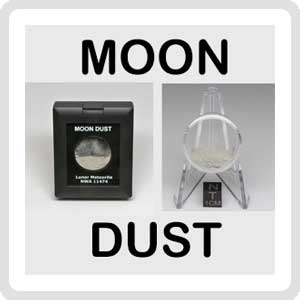
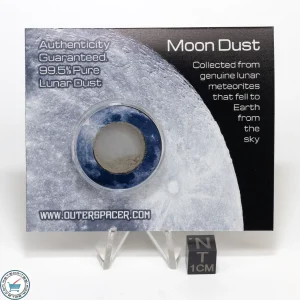 OS-MOD-08/02
OS-MOD-08/02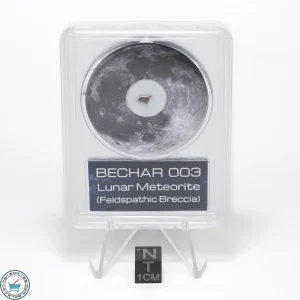 OS-BEC-09/02
OS-BEC-09/02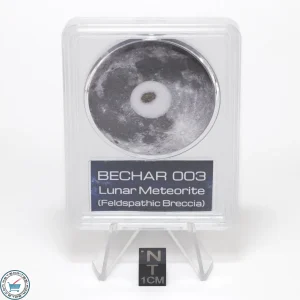 OS-BEC-13/02
OS-BEC-13/02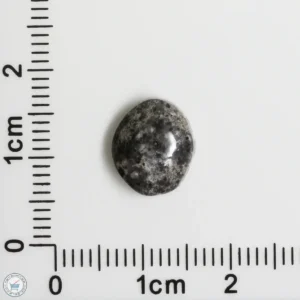
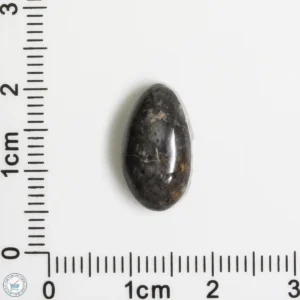
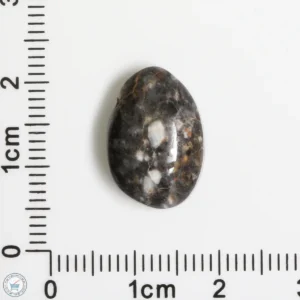
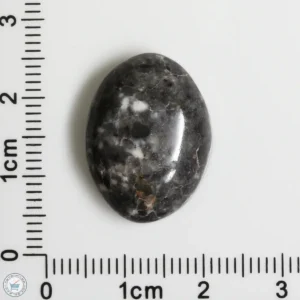
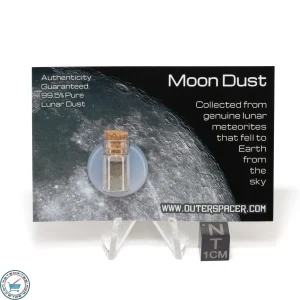 OS-MOD-02/02
OS-MOD-02/02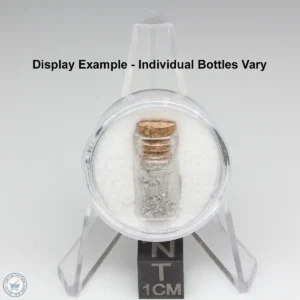
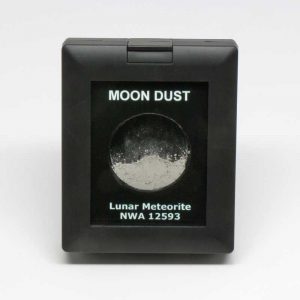
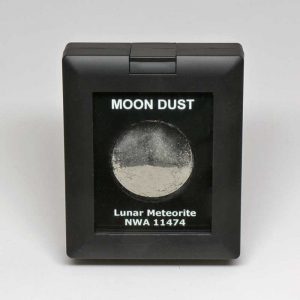
 OS-BEC-10/02
OS-BEC-10/02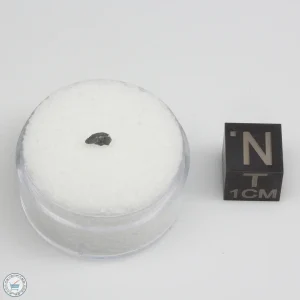
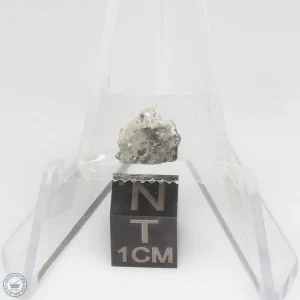
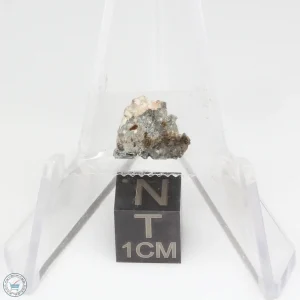
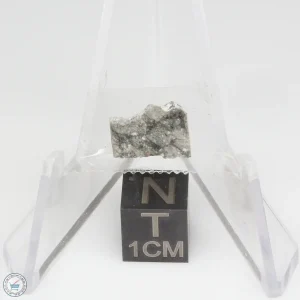
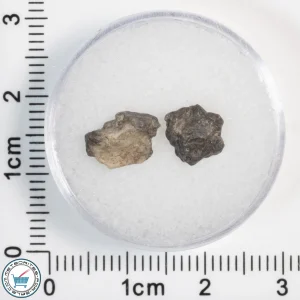 LAAY-129
LAAY-129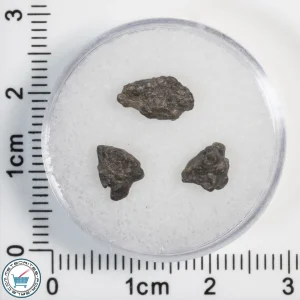 LAAY-119
LAAY-119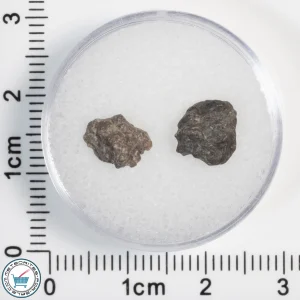 LAAY-128
LAAY-128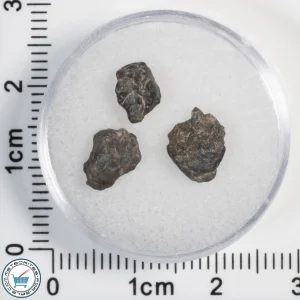 LAAY-114
LAAY-114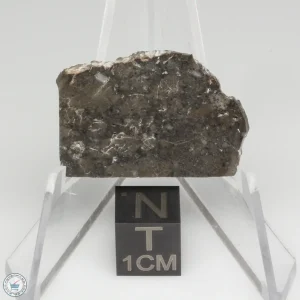 LAH-38
LAH-38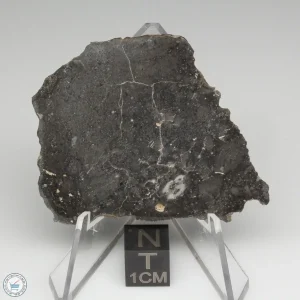 LAH-46
LAH-46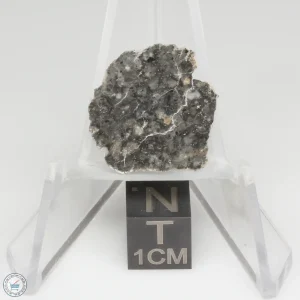
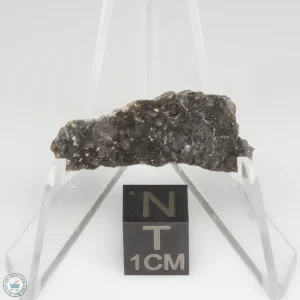
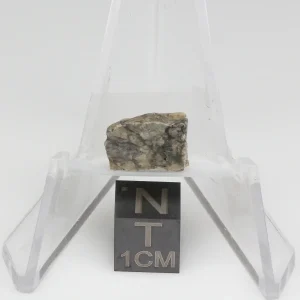
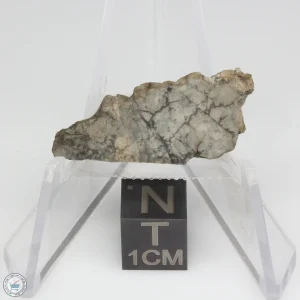
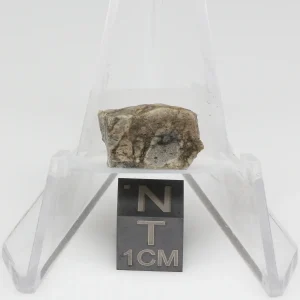
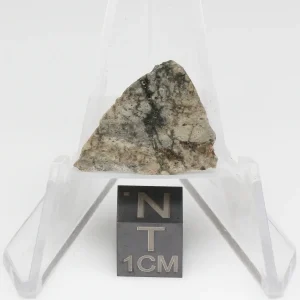
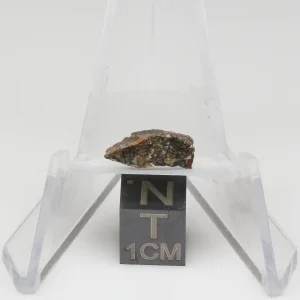
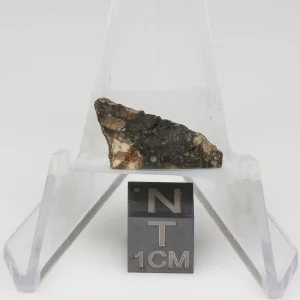
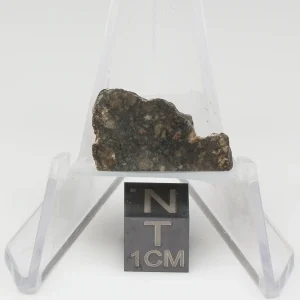
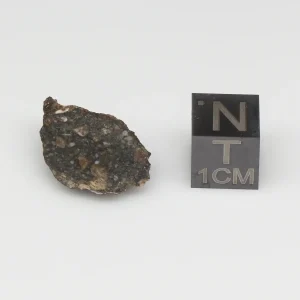
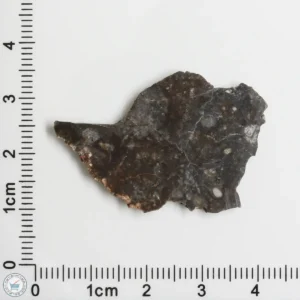 11182-83
11182-83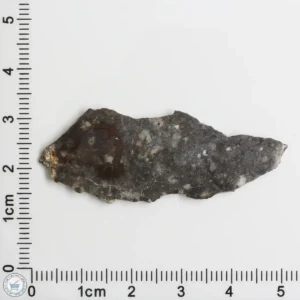 11182-82
11182-82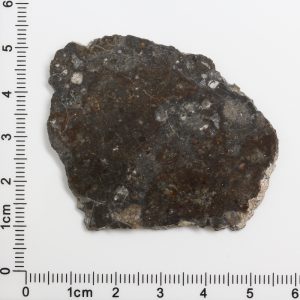 11182-23
11182-23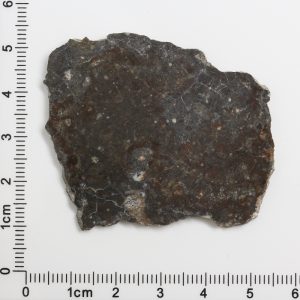 11182-26
11182-26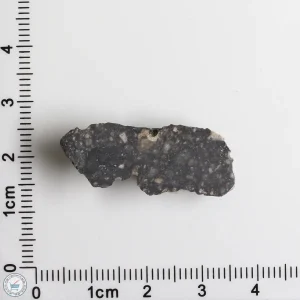 11474-533
11474-533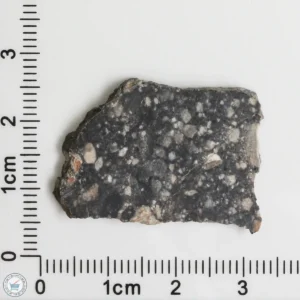 11474-576
11474-576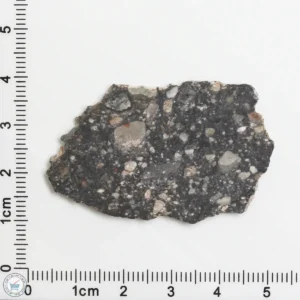 11474-566
11474-566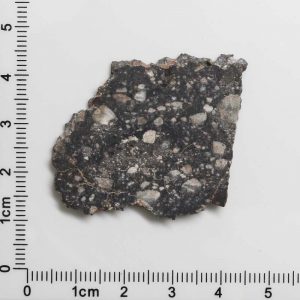 11474-395
11474-395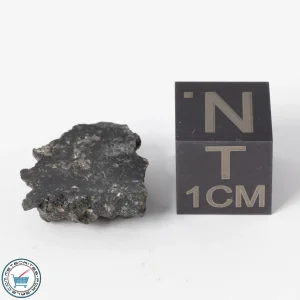 11788-144
11788-144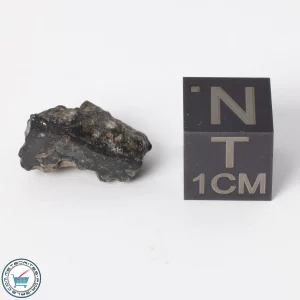 11788-147
11788-147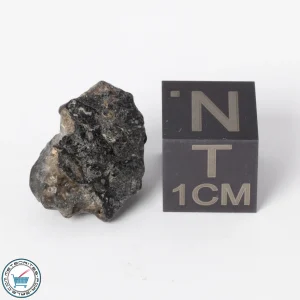 11788-145
11788-145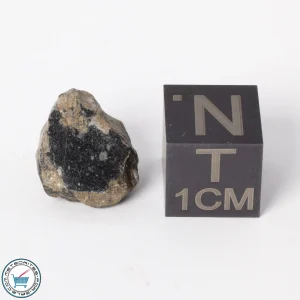 11788-157
11788-157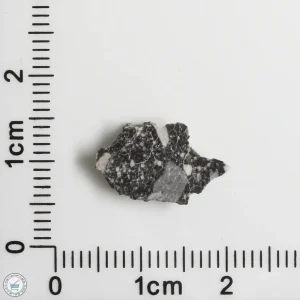
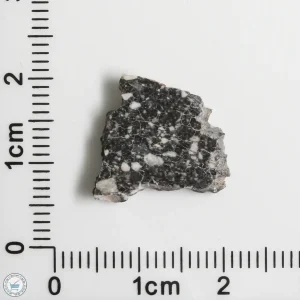
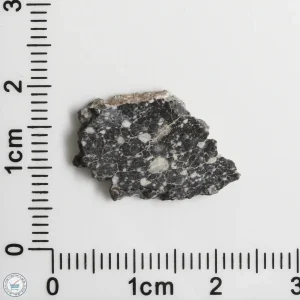
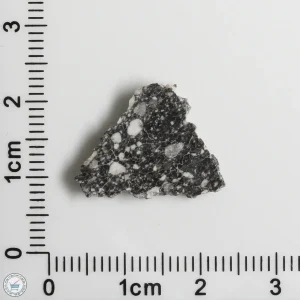
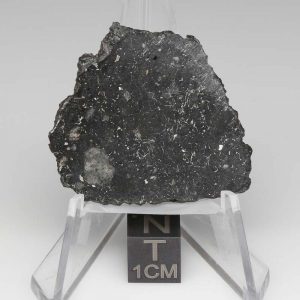 13788-5
13788-5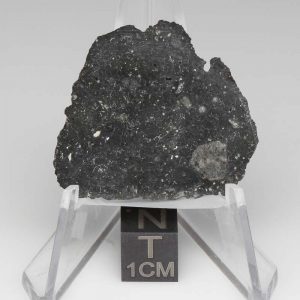 13788-4
13788-4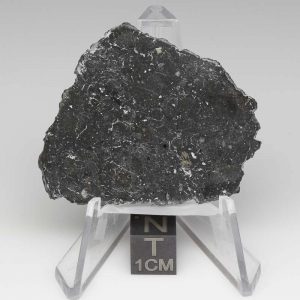 13788-14
13788-14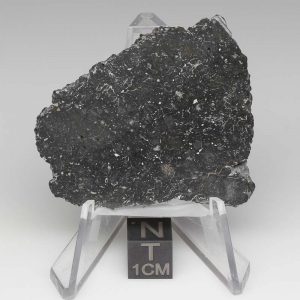 13788-19
13788-19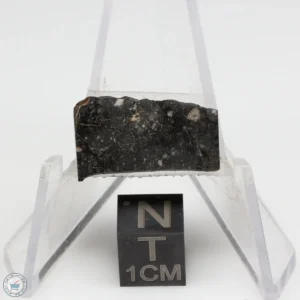
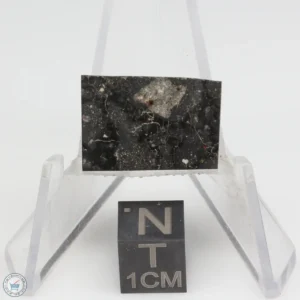
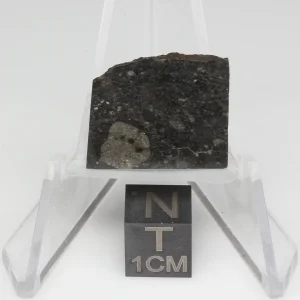
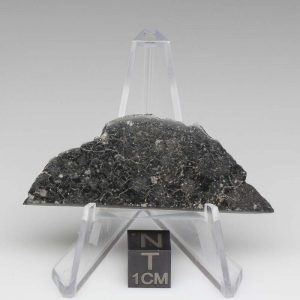
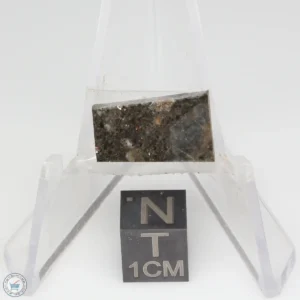
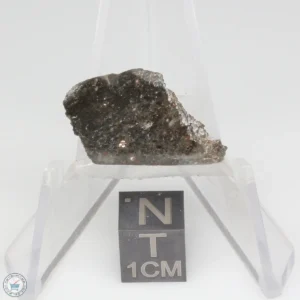
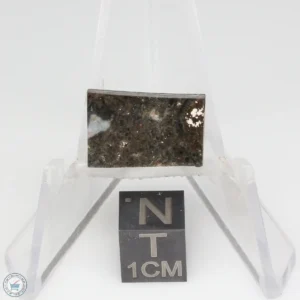
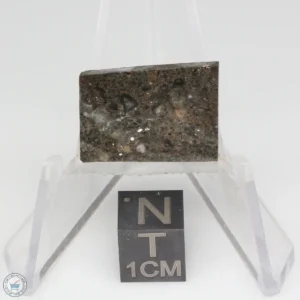
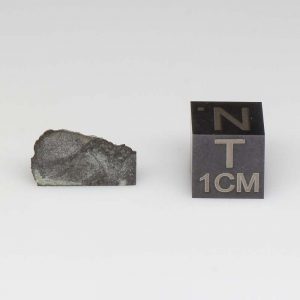
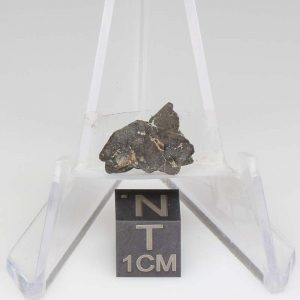
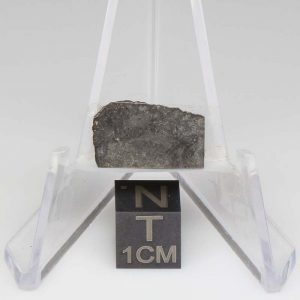
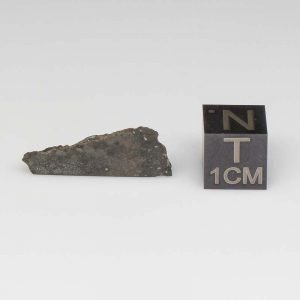
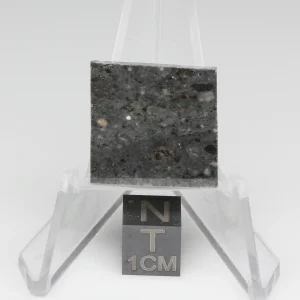 TIF-15
TIF-15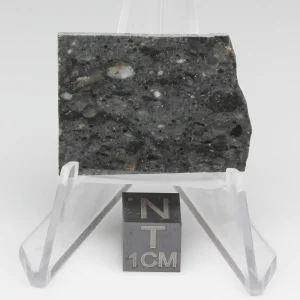 TIF-24
TIF-24